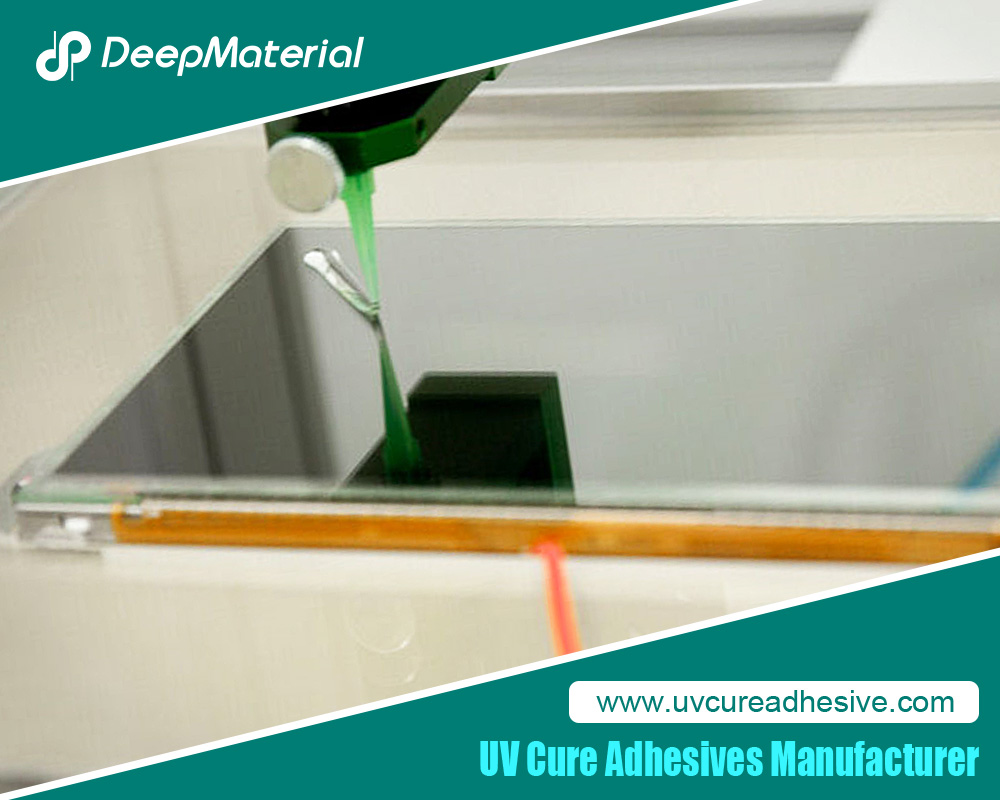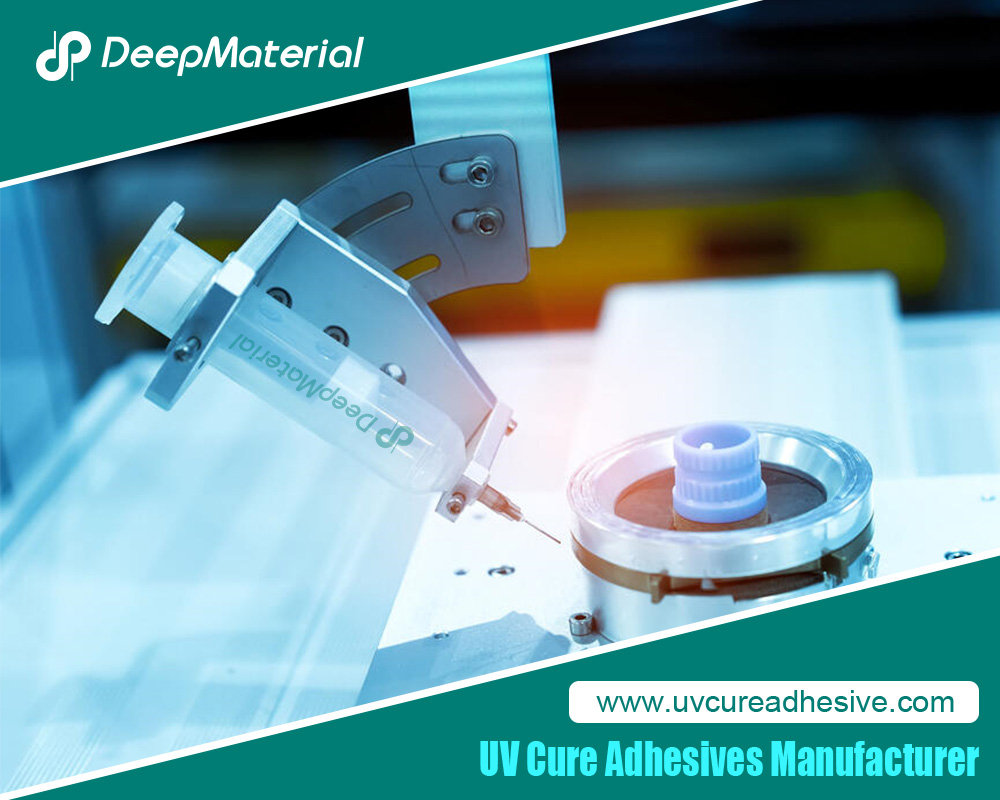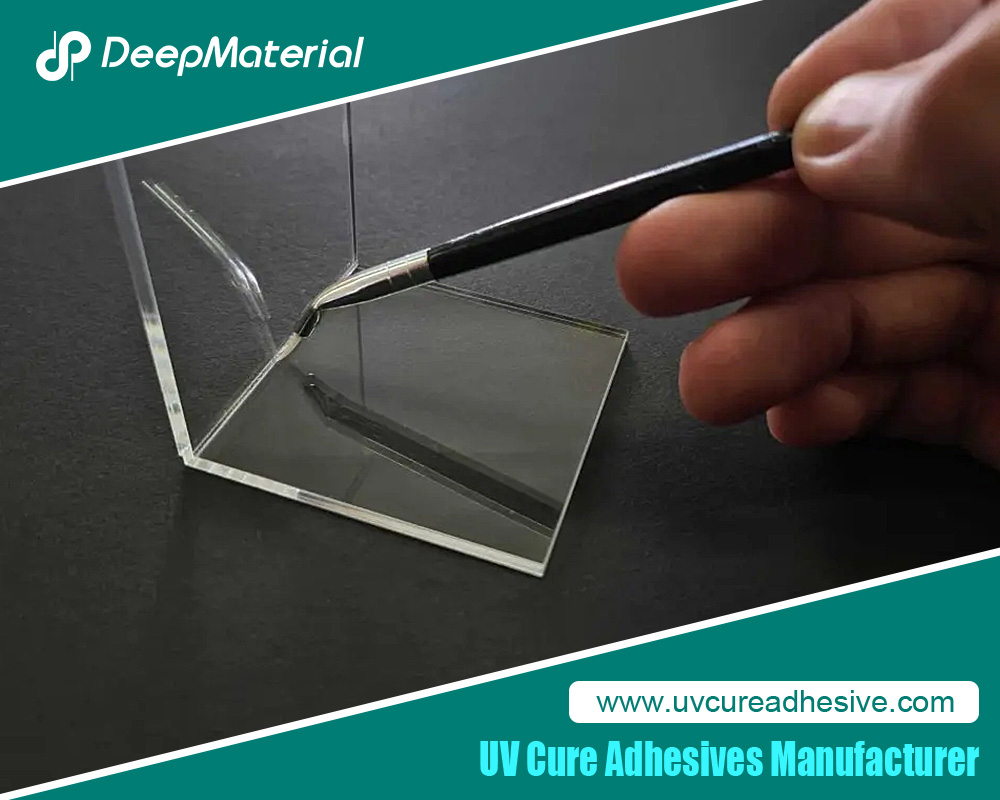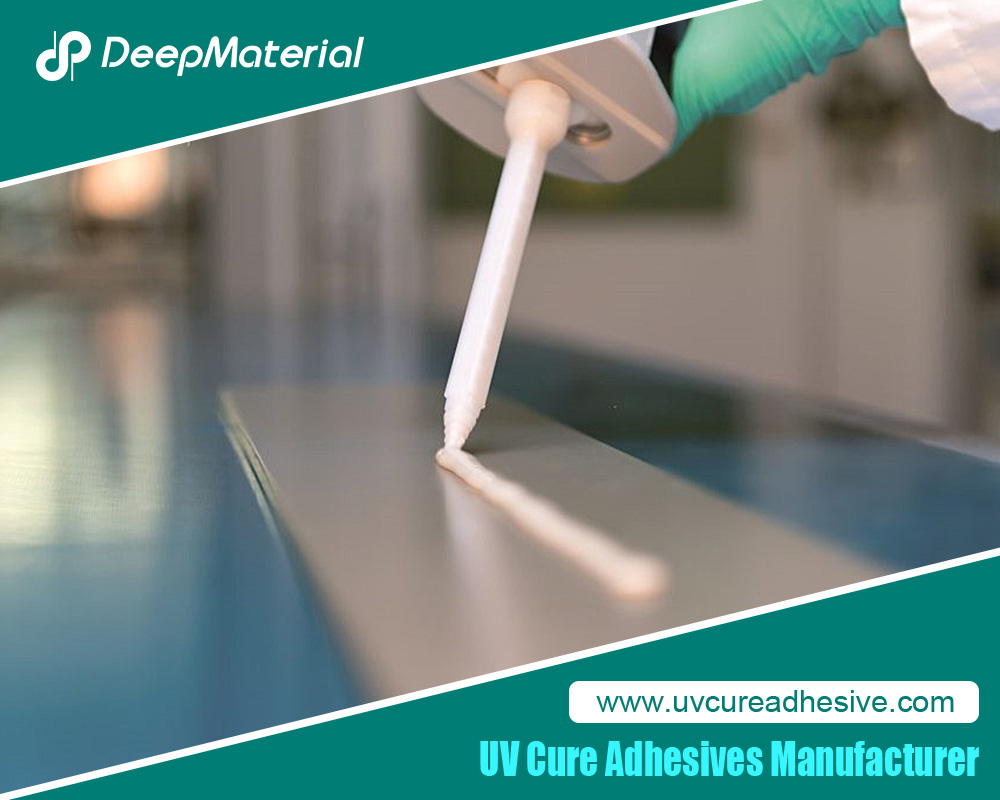Everything You Need to Know About the Best UV Activated Glues
Adhesives have become an integral part of modern industries and day-to-day tasks. They provide a fast and reliable solution for bonding various materials, from repairs to crafting. One of the most innovative developments in adhesive technology is UV activated glue. This type of glue offers precision, speed, and strength, making it an ideal choice for various applications. But what exactly is UV activated glue, and how do you choose the best one for your needs? This article will explore the characteristics, advantages, applications, and considerations when looking for the best UV activated glue.
What is UV Activated Glue?
UV activated glue, also known as UV-curing adhesive, is a type of adhesive that requires ultraviolet (UV) light to harden and form a bond. Unlike traditional adhesives that cure by air, heat, or chemical reactions, UV activated glues remain in a liquid state until exposed to UV light, at which point they undergo rapid curing.
Critical characteristics of UV activated glue:
- Cures quickly when exposed to UV light
- It is ideal for bonding transparent materials like glass and certain plastics.
- Allows for precise positioning before curing
- Excellent for minor, intricate repairs or assembly tasks
- Forms a strong, durable bond that is resistant to heat, chemicals, and moisture
How Does UV Activated Glue Work?
The principle behind UV activated glue is relatively simple but effective. When the glue is exposed to a specific wavelength of UV light, it triggers a photochemical reaction that causes the adhesive to harden. This curing process happens almost instantaneously, allowing bonding time to be controlled.
The process typically involves the following steps:
- Application: The adhesive is applied to one or both surfaces that need bonding.
- Positioning: The materials are positioned correctly since the glue will not harden until UV light is applied.
- Curing: The bond is formed when the adhesive is exposed to a UV light source, often within seconds.
This fast-curing property makes UV activated glue a favorite in industries where speed and precision are critical, such as electronics, jewelry making, and medical device assembly.
Benefits of Using UV Activated Glue
When looking for the best UV activated glue, it’s essential to understand the many advantages this type of adhesive provides. These advantages make it a superior choice to conventional glues in many scenarios.
Instant Bonding:
- The most prominent feature of UV activated glue is its rapid bonding ability. Once the UV light is applied, the adhesive hardens within seconds, saving significant time in projects requiring fast results.
Precision and Control:
- The glue remains liquid until it is cured, allowing for accurate positioning. Compared to traditional adhesives, which may start drying before the surfaces are correctly aligned, this gives users more control over the final bond.
Transparent Bonds:
- UV activated glue is often clear, making it ideal for use on transparent surfaces like glass or clear plastic. It provides a clean, professional-looking finish without visible residue.
High Strength and Durability:
- The bonds formed by UV activated glue are robust and durable. They offer excellent resistance to environmental factors like heat, moisture, and chemical exposure, ensuring long-lasting performance.
Reduced Waste:
- Since UV activated glue only hardens when exposed to light, there’s less risk of wasting glue due to premature curing. It also ensures that only the amount needed is used, reducing material costs over time.
Choosing the Best UV Activated Glue for Your Project
When selecting the best UV activated glue, several factors must be considered to ensure it meets your specific requirements. These factors include the type of material you’re bonding, the strength of the bond required, and any environmental factors the bond will be exposed to.
Key considerations include:
- Type of Material: UV activated glue works best on specific materials such as glass, certain plastics, ceramics, and metals. Ensure the glue you choose is compatible with your working materials.
- Strength of the Bond: Depending on your project, you may require a high-strength bond for structural purposes or a lighter bond for delicate applications like electronics. Review the glue’s specifications to ensure it offers the necessary strength.
- Curing Time: While most UV activated glues cure within seconds, the exact time may vary based on the glue’s formula and the intensity of the UV light source. Ensure the curing time fits your project needs.
- UV Light Source Compatibility: Not all UV activated glues are compatible with every UV light source. Some glues require specific wavelengths of UV light for optimal curing. Check the glue’s requirements to ensure you have the right light source.
- Durability Requirements:If the bond will be exposed to harsh environmental conditions such as extreme temperatures, moisture, or chemicals, select a glue with high durability and resistance.
Typical Applications of UV Activated Glue
UV activated glue is widely used across various industries due to its versatile bonding capabilities. Its unique properties make it ideal for tasks that demand precision, speed, and reliability.
Glass Bonding:
- One of the most popular uses of UV activated glue is bonding glass. Its clear, strong bond makes it ideal for assembling glass displays, repairing glassware, or crafting transparent objects.
Electronics Assembly:
- UV activated glue is commonly used in electronics to bond delicate components. Its precision and rapid curing make it perfect for intricate work such as attaching microchips or assembling circuit boards.
Jewelry Making and Repair:
- Jewelers frequently use UV activated glue to attach stones, set gems, or repair broken pieces. This industry especially values the glue’s ability to cure without leaving visible residue.
Medical Device Manufacturing:
- In the medical field, UV activated adhesives are used to assemble or repair devices that require high precision, cleanliness, and strength. Since the glue cures quickly, it’s often chosen for surgical instruments and diagnostic devices.
Automotive Repairs:
- UV activated glue can be used for minor repairs in the automotive industry, such as fixing cracked plastic components or bonding mirrors and lights. The glue’s resistance to heat and chemicals makes it a good choice for vehicle repairs.
UV Activated Glue vs. Other Adhesives: How Does it Compare?
While UV activated glue offers many unique benefits, it’s essential to compare it with other types of adhesives to ensure it’s the right choice for your project. Here’s how it stacks up against other common adhesive types:
- UV Activated Glue vs. Epoxy: Epoxy adhesives are known for their strength and durability, but they require time to cure and often require precise mixing. In contrast, UV activated glue cures almost instantly with UV light and doesn’t require mixing, making it more convenient for fast-paced projects.
- UV Activated Glue vs. Super Glue: Both UV activated glue and super glue offer fast bonding, but super glue can be difficult to work with because it begins curing immediately upon contact with air. UV activated glue remains workable until exposed to UV light, giving users more control over the bonding process.
- UV Activated Glue vs. Hot Glue: Hot glue is easy to use and works well for temporary bonds, but it lacks the strength and precision of UV activated glue. UV adhesives provide more robust, durable bonds and are better suited for applications requiring transparency and long-lasting strength.
Tips for Getting the Best Results with UV Activated Glue
To maximize the effectiveness of UV activated glue, it’s essential to follow best practices during application. Here are some tips for ensuring strong, reliable bonds:
- Clean the Surfaces: Before applying the adhesive, ensure both surfaces are clean and free of dust, dirt, or oil. Contaminants can weaken the bond.
- Use the Correct UV Light: Ensure your UV light source is compatible with the adhesive. The wavelength and intensity of the light will impact curing times and bond strength.
- Apply Evenly: Use a thin, even layer of glue to avoid excess material that can cause uneven curing or weak spots.
- Position Materials Precisely: Since the glue remains liquid until cured, you have time to ensure the materials are positioned exactly as needed before applying UV light.
- Avoid Overexposure to UV Light: Overexposure to UV light can cause the glue to become brittle. Be sure to follow the manufacturer’s recommended curing times.
Conclusion
Regarding precision, speed, and strength, UV activated glue is a superior adhesive solution for various applications. Whether bonding glass, working on electronics, or repairing delicate jewelry, the best UV activated glue can provide the quick and durable results you need. By understanding the benefits, applications, and best practices for UV activated glue, you can ensure that your projects are completed professionally and efficiently.
For more about everything you need to know about the best UV activated glues, you can pay a visit to DeepMaterial at https://www.uvcureadhesive.com/ for more info.





